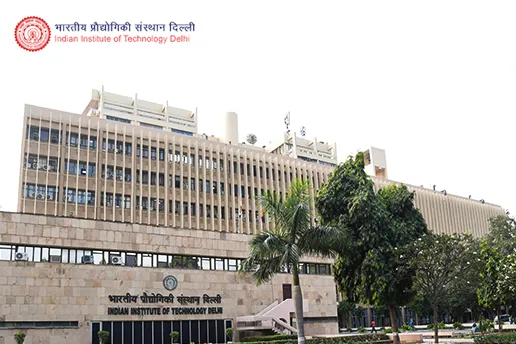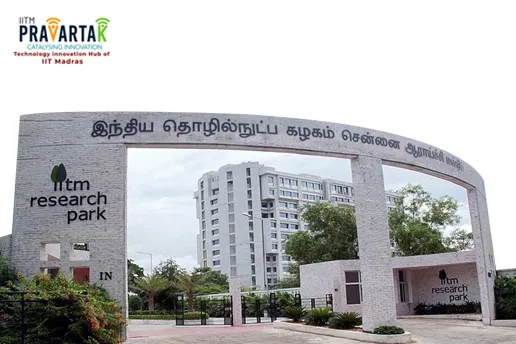DevOps fundamentally combines software development and IT operations into one entity. Within DevOps, collaboration and teamwork are extremely vital. The benefits of DevOps adoption are evident in today’s fast-paced digital world: increasing the speed and agility of IT service delivery while reducing performance concerns and costs.
According to a Harvard Business Review survey, “More than 80% of companies use DevOps to some level — or expect to do so soon.” DevOps-enabled businesses have a huge competitive edge, with 208x more frequent software deployments, 2,604x faster incident recovery, and 7x lower change failure rates.
A quick rundown on 5 best practices on DevOps for ensuring a successful journey – creating a working environment where software development, testing, and deployment can happen quickly, often, and consistently.
Develop and cultivate high-performing teams
DevOps firms must have high-performing executives with transformational characteristics on board to achieve successful DevOps transformation. A transformational leader is an engaged leader who facilitates activities that are linked to good performance. For faster and better product design and deployment, the leader should encourage team experimentation and creativity. Should work across organisational silos to ensure strategy alignment and encourage good communication and collaboration among team members in order to achieve organisational objectives.
Achieve faster build quality into the process
Accomplish more quickly while also ensuring that the procedure is of high quality. The throughput of code, i.e. deployment frequency and change lead time, and the stability of systems, i.e. mean time to recover and change failure rate, are two aspects on which IT performance is measured. Increased deployment frequency, faster change lead times, shorter mean time to recover (MTTR), and low change failure rates are all desirable characteristics of high-performing DevOps teams. They spend in incorporating quality into the process, which provides them with a competitive advantage in terms of client satisfaction. They have a lot more opportunities to add fresh value.
When you have the option, use automation.
Automation appears to have taken over the commercial world. It can boost productivity, and profitability. Many time-consuming procedures in software development and operations can be automated to save a significant amount of time and effort. Automatic testing, in particular, has the potential to be quite beneficial in DevOps. Nothing will go through the cracks as a result of this, and everything will be addressed as soon as an issue arises. Bugs and other mistakes can reach the end-user and harm their experience or performance if you don’t test thoroughly. Manual testing is also more time-consuming and complicated.
Make the switch to loosely connected services.
The success of DevOps in an organisation is also dependent on a good architecture and technological practises. Allowing practitioners to choose their tool based on their working style and the tasks they need to complete is another DevOps technique that is critical to achieving improved IT performance and continuous delivery. Shift focus to services that can be created and released on their own. Design your delivery teams’ architecture so that they may test, deploy, and change their systems without having to rely on other teams for additional work, resources, or approvals, and without having to communicate back and forth.
Begin small and wisely expand.
While DevOps can deliver instant value to most businesses, it must be implemented with caution. Take your time while making the transfer to DevOps because it is frequently a huge change. Begin with a single team or project to demonstrate the distinct benefit that DevOps principles offer. Taking things slowly allows one to demonstrate the benefits and usefulness of DevOps, which will help you gain support from others. This will also allow orgainsations to set new policies, pick which technologies to employ, organise teams. Feel free to scale up DevOps once it has been proved effective in tiny samples at your organisation.
Conclusion
Cyber Security is the way of the future, as technology has advanced in how it affects the modern business. Upskilling with a Post Graduation Certification in Cyber Security from IIT Palakkad is an excellent professional decision. Learn how to eliminate cyber dangers by reskilling with IIT Palakkad’s Post Graduation Certification in Cyber Security, one of India’s third-generation IITs. Due to the ever-increasing cyber dangers to corporations and government entities, this interdisciplinary Cyber Security programme is extremely timely.
The programme covers a wide range of topics, including technical and policy elements of cyber security, cryptography insight, malware analysis, network traffic analysis, emerging threat analysis, and more. By employing sandboxes for static and dynamic analysis, participants will gain hands-on experience in malware analysis. Learners will also use security information and an event monitoring system to analyse network traffic and network system records.
FAQ’s
- Do mobile gadgets pose a threat to security?
The usage of mobile devices for communication and data sharing introduces security risks and increases the number of points of access to the network. Mobile malware risks are on the rise, and one of the most serious security concerns with mobile devices is device loss. Personal devices utilised in the office and user authentication are two additional concerns associated with mobile devices.
- What is the primary goal of cyber-security?
The goal of cybersecurity is to safeguard computers, networks, and software programmes from such attacks. The majority of these cyber-attacks are focused at gaining access to, modifying, or destroying important information, as well as extorting money from victims and disrupting normal corporate activities.
- What are the capabilities that a cyber security plan must have?
Preventive and risk-based protective measures were the emphasis of traditional approaches. Risk-based security means that the amount of money spent on security is determined by the perceived worth of the data being safeguarded. State governments, on the other hand, must have two additional capabilities: vigilance and resilience.
Vigilance is the process of continuously monitoring for hazards in order to spot them early. The ability to respond and recover is referred to as resilience. To keep up with the changing threat landscape, these capabilities must be improved on a regular basis.






